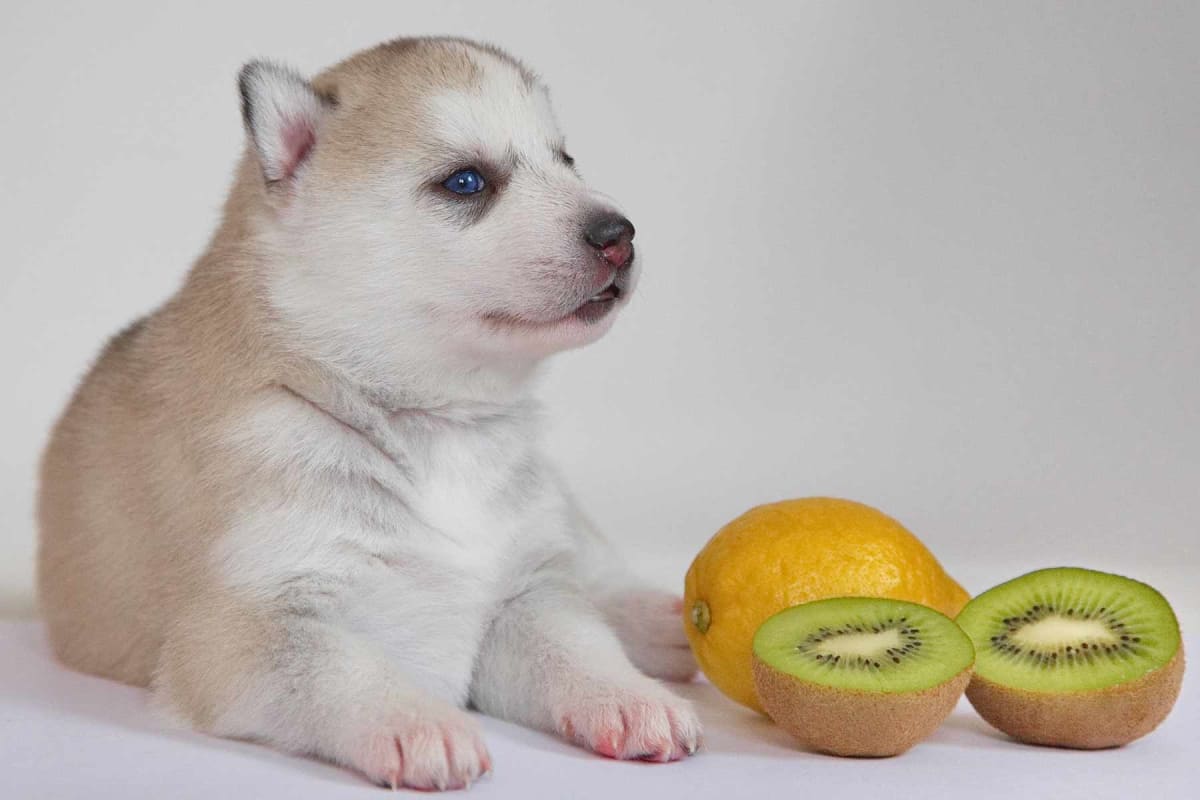
Can dogs eat kiwi?
Can dogs eat kiwi?
Can dogs have kiwi?
Yes! Dogs can eat kiwi in moderation. This fuzzy fruit is non-toxic to our canine companions and can actually provide some nutritional benefits. Some dogs may simply not enjoy the taste or texture of kiwi, while others might gobble it up enthusiastically. Every dog has unique preferences, just like humans!
As with all fruits, there are some important considerations when it comes to sharing kiwi with your furry friend. Read on for everything you need to know about kiwi for dogs.
Is kiwi good for dogs?
Kiwi can be a nutritious snack for dogs when given occasionally. This vibrant fruit packs a nutritional punch, with vitamin C for immune support, vitamin K for blood health, potassium for muscle and nerve function, and antioxidants to fight inflammation. However, the small amount you feed your dog as a treat may not have much nutritional impact.
The high fiber content in kiwi can support healthy digestion in dogs, but this same fiber is why moderation is key. Too much kiwi could potentially cause digestive upset or diarrhea in some dogs.
Can dogs eat kiwi skin?
While kiwi skin isn't toxic to dogs, it's best to remove it before feeding kiwi to your pet. The fuzzy texture of kiwi skin can be difficult for dogs to digest and might present a choking hazard, especially for smaller breeds.
The skin also has a stronger, more bitter taste that your dog might find unpleasant. For the most enjoyable and safest experience, always peel kiwi before offering it to your four-legged friend.
Can dogs eat kiwi seeds?
Yes, the tiny black seeds found in kiwi fruit are safe for dogs to consume. In small amounts, these tiny seeds pass easily through your dog's digestive system without causing problems. There's no need to go through the tedious process of removing these small seeds before giving kiwi to your dog.
Can dogs eat kiwi berries?
Kiwi berries (a smaller, grape-sized variety of kiwi with smooth skin) are safe for dogs to eat. Their smaller size and lack of fuzzy skin make them potentially easier for dogs to consume than regular kiwi.
However, their small size could pose a choking risk for some dogs, especially smaller dogs and those who tend to gulp their food without chewing. Always supervise your dog when introducing any new treat, including kiwi berries.
How to feed kiwi to your dog
Preparation is key when sharing kiwi with your canine companion:
Wash the kiwi thoroughly to remove any pesticides or contaminants.
Peel off the fuzzy skin completely.
Cut the flesh into appropriately sized pieces based on your dog's size.
Remove any large pieces or strings that could be choking hazards.
For smaller dogs, dice the kiwi into small, manageable pieces. Larger dogs can handle slightly bigger chunks, but always err on the side of caution to prevent choking.
How much kiwi can I feed my dog?
The appropriate amount of kiwi for your dog depends primarily on their size. As a general guideline:
Small dogs (under 20 pounds): A few small pieces, no more than ¼ of a kiwi
Medium dogs (20 to 50 pounds): Up to half a kiwi (chopped)
Large dogs (over 50 pounds): Up to one small kiwi (chopped)
Treats, including fruits like kiwi, should make up no more than 10% of your dog's daily caloric intake. Your dog's primary nutrition should come from a complete and balanced dog food formulated for their specific needs.
Other safe fruits
If your dog enjoys kiwi, they might also appreciate other fruits safe for dogs, such as:
Apples (without seeds)
Blueberries
Strawberries
Watermelon (seedless)
Bananas
Pineapple
Always introduce new fruits one at a time and in small amounts so you can monitor for any adverse reactions and identify any potential allergies or sensitivities. When in doubt, consult with your veterinarian first. They can provide personalized advice based on your dog's specific health needs and dietary requirements.